Rank Species | Scientific name Neonympha mitchellii Higher classification Neonympha Order Butterflies and moths | |
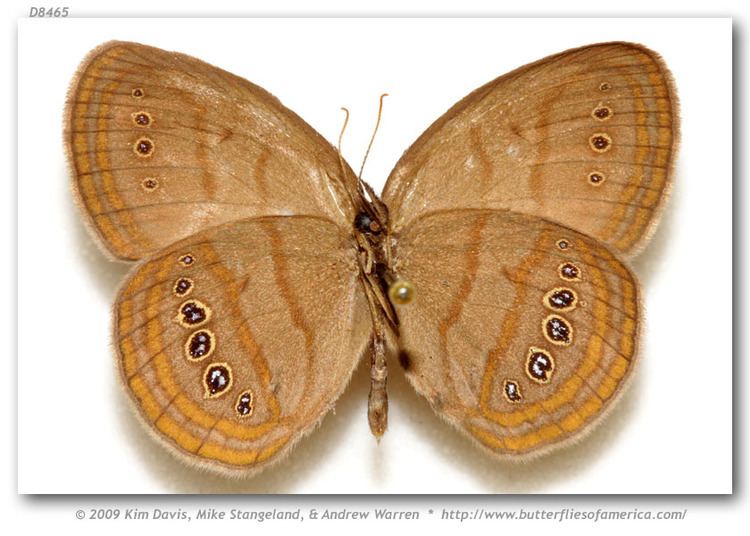 | ||
Similar Neonympha, Saint Francis' Satyr, Butterflies and moths, Satyrodes eurydice, Satyrodes appalachia | ||
Neonympha mitchellii is an endangered species of nymphalid butterfly of the eastern United States. There are two known subspecies:
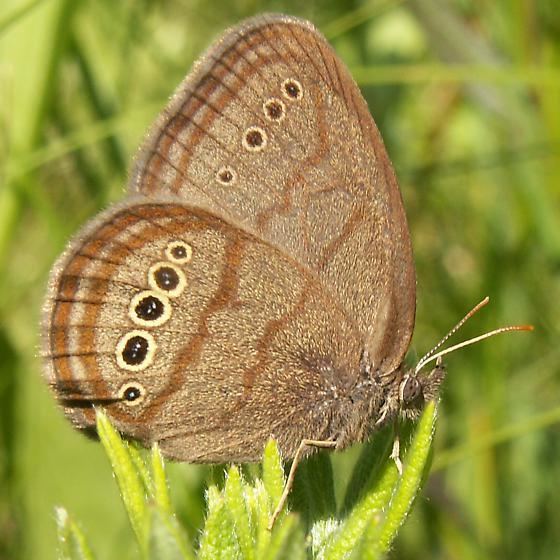
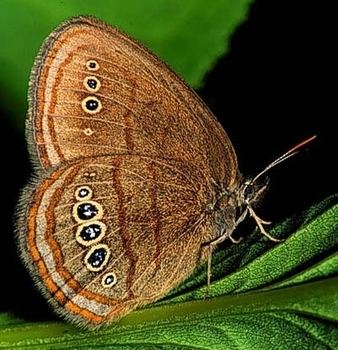
Recent discoveries since 1998 of populations in Alabama, Mississippi, and Virginia are being studied for taxonomic classification, and may be grouped with N. m. mitchellii or be described as new subspecies.

All subspecies, including those newly discovered, are federally protected under the Endangered Species Act.
Description
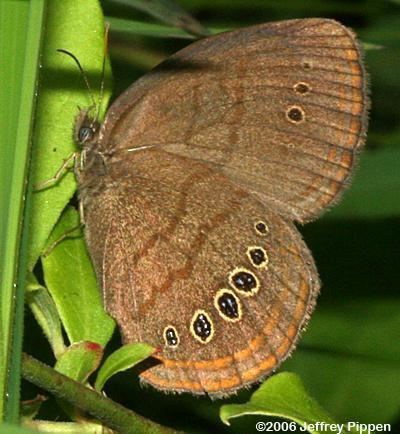
Both subspecies are small, brown butterflies with a wingspan rage of 34–44 mm. The upper surface of their wings are unmarked, while the undersides of the wings have rows of round, yellow-ringed eyespots. N. m. francisci is slightly darker, with more irregularly shaped eyespots.
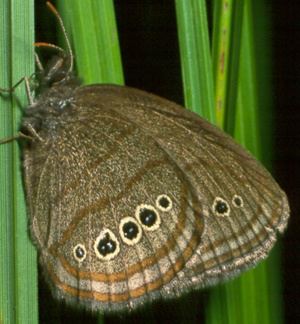
Their eggs are greenish-white to cream, becoming tan as they age. The larvae's dark head can be seen a day or two before hatching. First instar larvae, 3–4 mm long, have dark brown bilobed heads, while four subsequent instars, 6–12 mm long, have green bilobed heads, and green bodies with raised white ridges along the sides.
The chrysalis are 10.5–15.5 mm long, suspended with the head down. It's a light lime green, with pale green or white speckling, and turns a medium brown about two days before eclosion.
